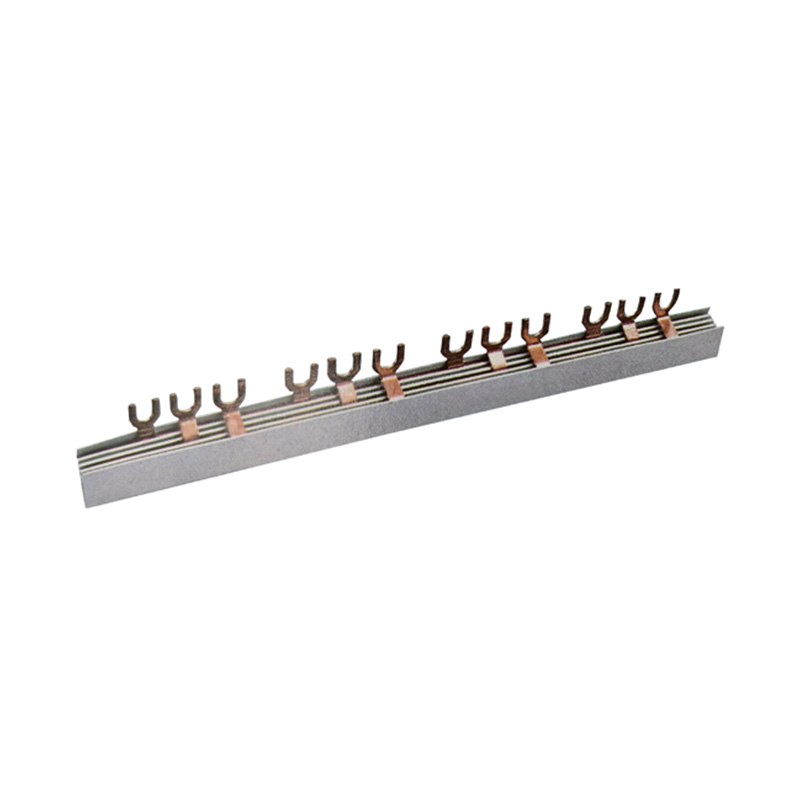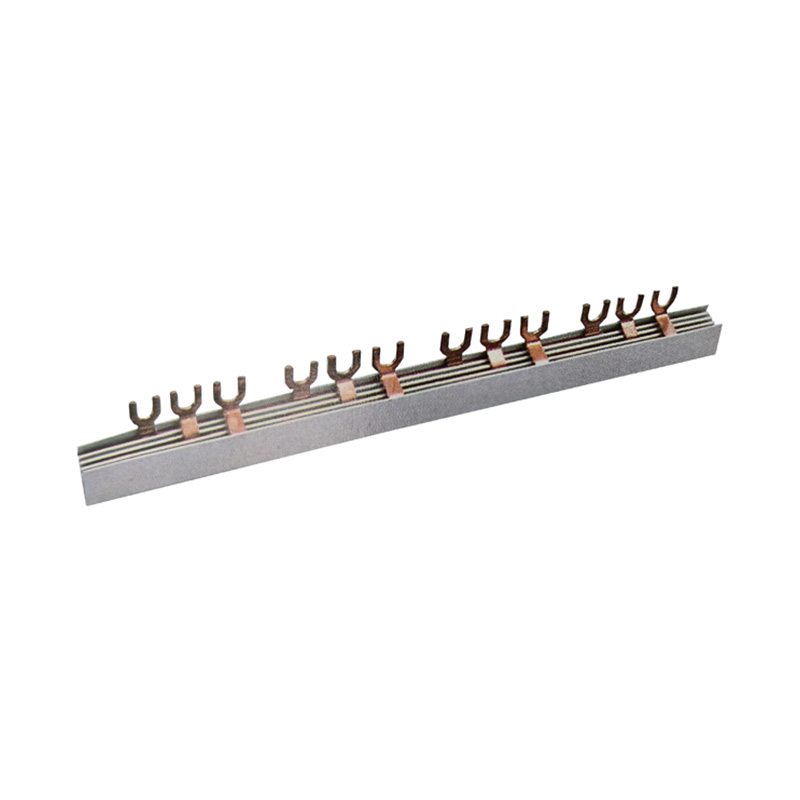Understanding and selecting the correct IP rating is essential when choosing a Waterproof Junction Box or Waterproof Distribution Box. It ensures safety, reliability, and long-term...
READ MORE-
-
Outdoor electrical installations face unique challenges that require specialized components to ensure their reliability and safety. Among the more important components are metal ca...
READ MORE -
Durability is a key factor when designing and maintaining electrical systems. With so many environmental challenges that electrical installations face—such as excessive temperature...
READ MORE -
Safety compliance is not just about adhering to regulations; it’s about protecting people, equipment, and infrastructure from the risks of electrical hazards. Electrical fires, sho...
READ MORE
What are the Advantages of a U-Type MCB Busbar?
The U-Type MCB busbar offers a alternative to traditional wiring methods, providing a streamlined and robust solution for power distribution. Its design, which involves a single, pre-formed copper bar with precisely spaced "U"-shaped connectors, presents several distinct advantages that enhance the overall quality of an electrical installation.
The primary advantage is the significant improvement in installation efficiency and consistency. Instead of wiring each individual MCB separately from the main terminal, an electrician only needs to clip the U-Type busbar onto the input terminals of a row of MCBs. This drastically reduces wiring time, minimizes the potential for human error during connection, and ensures a uniform and neat appearance within the panel. This standardized approach eliminates the clutter and confusion often associated with a web of individual wires.
This design enhances electrical performance and safety. The solid copper construction provides a continuous, low-impedance path for electrical current, which improves conductivity and reduces energy loss in the form of heat. The secure mechanical connection between the busbar and the MCB terminals is highly resistant to loosening from vibration, a common cause of failure in screw-terminal connections. This robust interface minimizes the risk of hot spots, arcing, and potential fire hazards, thereby increasing the long-term reliability and safety of the electrical distribution system.
How Does the Material of a U-Type MCB Copper Busbar Affect Its Performance?
The performance of a U-Type MCB busbar is intrinsically linked to the properties of the material from which it is fabricated. While often generically referred to as "copper," the specific grade, purity, and treatment of the copper alloy are critical factors that determine the busbar's efficiency, durability, and safety. The choice of material directly influences three key aspects of performance: electrical conductivity, mechanical strength, and thermal management.
Electrical conductivity is paramount. High-purity, oxygen-free copper is typically used to ensure minimal electrical resistance. Any impurities or inclusions within the metal can increase impedance, greater voltage drop and energy loss, which is converted into waste heat. The inherent conductivity of copper allows the busbar to carry the required current load with high efficiency, ensuring that power is delivered effectively to each MCB with minimal loss.
The mechanical properties of the copper alloy are vital. The material must be malleable enough to be precision-stamped and formed into the complex U-shape without cracking, yet rigid enough to maintain its shape and provide a spring-like tension that ensures a firm, reliable grip on each MCB terminal. This mechanical integrity prevents connection loosening due to thermal cycling or vibration. Additionally, the copper is often tin-plated. This plating serves to protect the base metal from oxidation and corrosion, which could otherwise form a resistive layer on the surface, impairing conductivity and overheating over time.
What is a U-Shaped Copper Comb Busbar?
A U-Shaped Copper Comb busbar, often interchangeably called a U-Type MCB busbar, is a specialized electrical component designed to distribute power efficiently and neatly within a consumer unit or distribution board. Its name is derived from its distinct physical appearance: a single, solid copper strip that resembles a comb, with a series of parallel, U-shaped fingers or prongs extending from one side at standardized intervals.
The primary function of this busbar is to provide a common incoming power link for a row of single-pole Miniature Circuit Breakers (MCBs). The main copper strip, which runs the length of the breaker row, acts as the live conductor. The U-shaped prongs are precisely spaced to match the standard center-to-center distance between MCBs. During installation, each prong is simply clipped directly onto the input terminal of a corresponding MCB. This creates a simultaneous and secure electrical connection for every breaker in the row from a single power source, eliminating the need for multiple individual wires known as "piggyback" wiring.
This design offers significant benefits over traditional methods. It ensures a clean and organized panel layout, greatly reduces installation time, and minimizes wiring errors. Many importantly, it establishes a robust, low-resistance connection at each MCB. The solid copper construction provides conductivity, reducing heat generation, and the firm mechanical grip of the U-shape connector ensures a stable link that is highly resistant to loosening, thereby enhancing the overall safety and reliability of the electrical distribution system.


 English
English 中文简体
中文简体 Español
Español عربى
عربى















